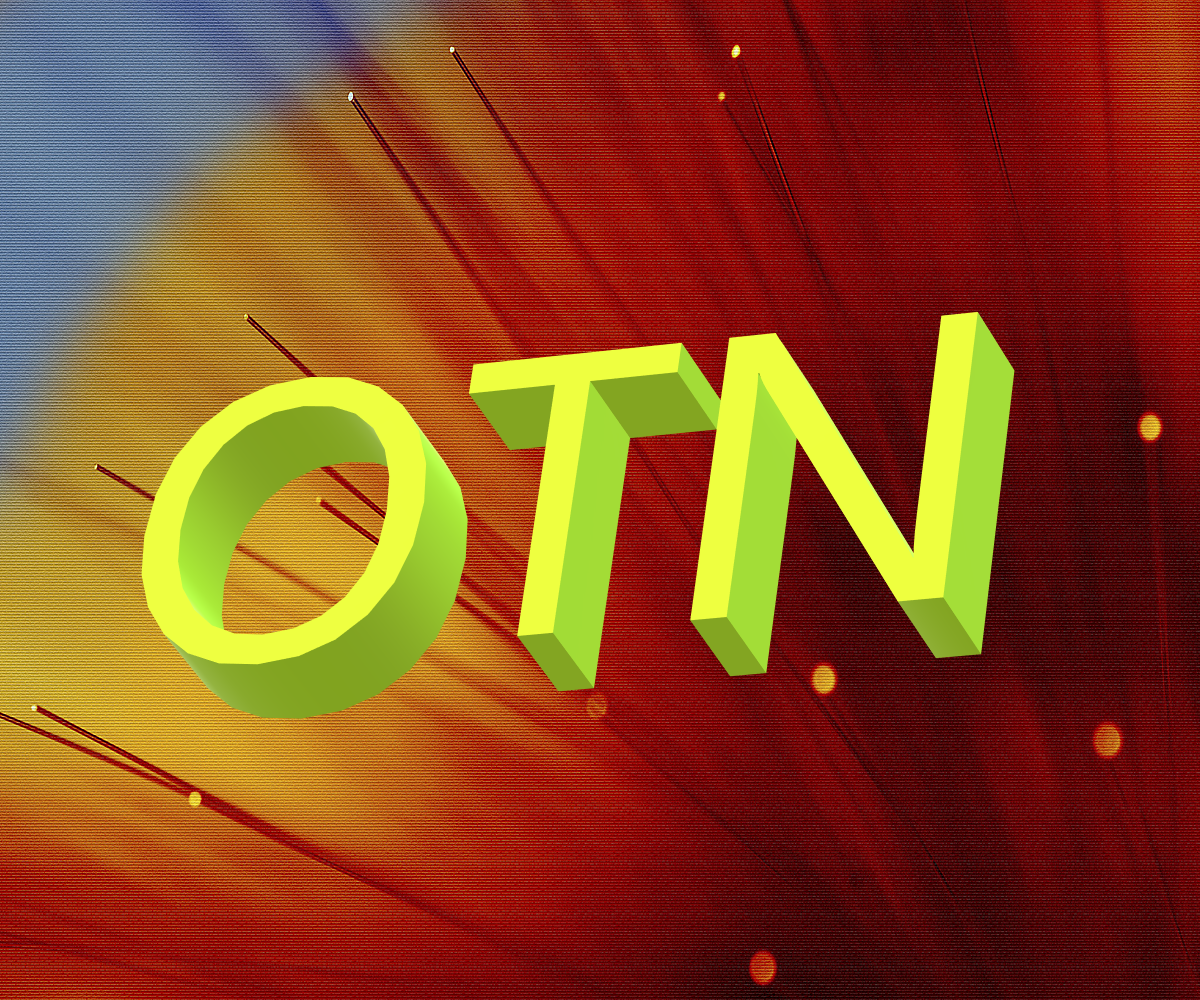SONET/SDH and OTN are standard protocols for transporting signals from Point A to Point B on (mostly) optical fiber.
However, there are some key differences:
- OTN (at least for OTU1 through OTU4) has a fixed frame size. SONET/SDH does not.
- SONET/SDH has a fixed frame repetition rate (8000 frames/sec). OTN does not.
- When mapping/muxing lower-speed tributary signals into higher-speed signals, SONET/SDH requires that all the lower-speed tributary signals be synchronous with each other and with the high-speed server signal. OTN does not need this.
- OTN has a standard FEC (Forward Error Correction) mechanism. SONET/SDH does not have such a thing.
- OTN offers more extensive TCM (Tandem Connection Monitoring) support than does SONET/SDH.
- The SONET/SDH standards only support data rates of up to 40Gbps (or OC-768). The OTN standards support over 100Gbps (e.g., 200Gbps, 400Gbps, etc.)
- The mechanisms for handling rate differences are handled differences between the two standards. SONET/SDH relies exclusively on something called “pointer processing.” OTN uses different mechanisms altogether (Bit Synchronous Mapping, Asynchronous Mapping, and the Generic Mapping Procedure).
Additional Questions (Topics) to be Answered in the Differences between OTN and SONET/SDH
- How does SONET/SDH support TCM?
- How does OTN support TCM?
- What is the framing format B100G OTN?
- What are the roles of the Individual Overheads Bytes for SONET/SDH? How are they different from that for OTN?
- How do you map 3 STS-1 signals into an STS-3 signal? How is this different from mapping ODU1s into an ODU2?

